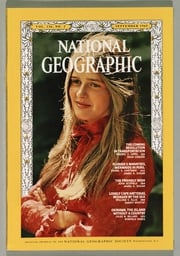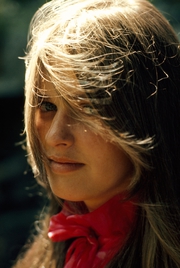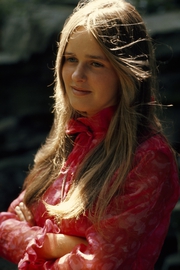National Geographic is one of the most respected magazines in the world and in September 1969 it ran a cover story on Ireland.
Jim Sugar, the photographer who illustrated the story, was on only his second assignment, he was just 22-years-old. He spent nearly three months in Ireland travelling the length and breath of the country in a blue Austen sedan, and in that time he shot some 300 rolls of film, each one containing 36 exposures. That’s some 10,800 individual photographs.
The two dozen or so images used in the magazine are startling and capture a lost Ireland; there are women wearing traditional shawls on Inishmaan, there’s a cattle mart on the streets of Sligo town and an almost unrecognisable O’Connell Street.
But for nearly four decades, thousands of unpublished photographs from this trip have been stored in Sugar’s attic. They are still there in the yellow boxes that came from the Kodak lab.
Now 40 years on, Jim Sugar has returned to Ireland to find out what happened to the people and the places he photographed… and to see how Ireland has changed since The Summer of ’69…
Since 1969 Jim Sugar has travelled the world, he’s had numerous other National Geographic cover stories, but he never returned to Ireland. So four decades on what will the National Geographic photographer make of the changes that have swept the country? And what can his photographs tell us about who we were and who we’ve become.


